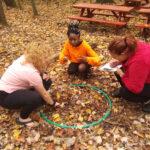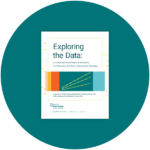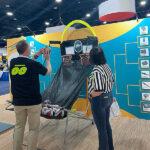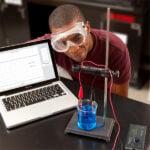
Sharing ideas and inspiration for engagement, inclusion, and excellence in STEM
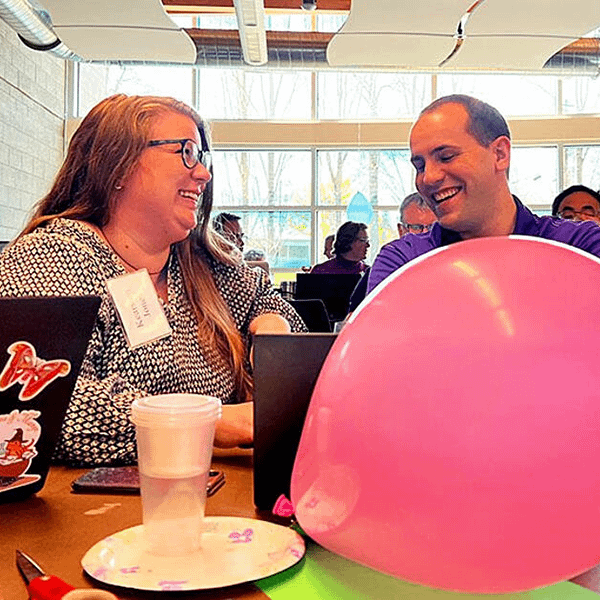
Educators are at the heart of Vernier. The company was founded by a physics teacher, many of us are former educators, and all of us are dedicated to setting current educators up for success.
We also value educators’ expertise—especially when it comes to writing lessons and developing curricula.
So, to create the first set of new content for Vernier Connections, our innovative online platform designed to engage high school students in hands-on STEM learning and exploration, we turned to the pros: current STEM teachers.
Bringing Educators Together
In April, we were thrilled to host a two-day professional development session for 16 biology, chemistry, physics, and engineering teachers from across the country.
Two science education leaders ran the professional development session. It focused on writing lessons for Vernier Connections that align with the Gather, Reason, Communicate (GRC) Framework, which is tied to the Next Generation Science Standards (NGSS) and emphasizes student-driven, three-dimensional learning.
Brett Moulding, writing team leader for the NGSS, led the professional development session, which also emphasized creating phenomenon-based, place-based, and culturally relevant lessons for Vernier Connections.
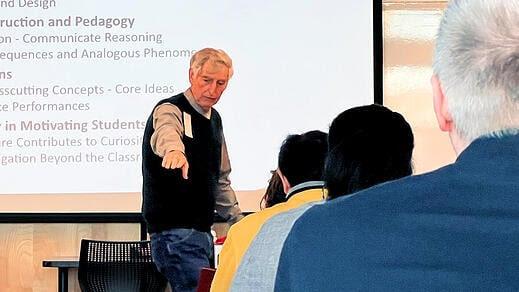
Incorporating Assessment
The 16 educators also engaged in professional learning with Velma Itamura, science test development manager at the nonprofit assessment design and development company New Meridian.
Itamura discussed how to create formative assessments and incorporate them into the new GRC lessons. (With Vernier Connections, educators will be able to determine student comprehension through formative assessment specifically designed for three-dimensional learning.)
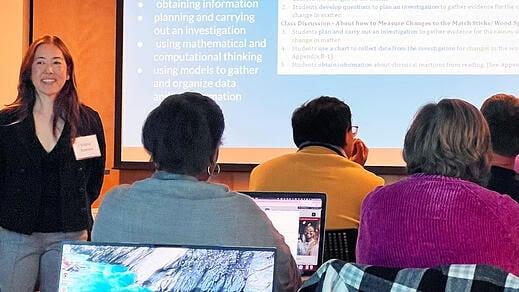
Chris Speck, one of the professional development participants, highlighted the significance of incorporating formative assessment into Vernier Connections and having classroom teachers develop investigations for the platform.
“Built-in formative assessment ensures that teachers have access to all the tools they need to meet students’ needs without additional supplementation,” said Speck, who teaches science at Garfield STEM Magnet Middle School in Albuquerque, New Mexico. “And teachers should always write curriculum—they have a better read on where students are and what they need to reach objectives.”
Creating Content Collectively
The professional development was designed to capitalize on participants’ strengths. For example, some of the educators were familiar with the GRC Framework but unfamiliar with Vernier data-collection technology and vice versa.
Working together, they were able to create engaging lessons that align with the GRC Framework and incorporate Vernier data-collection technology.
“Anything STEM is boosted by being hands-on,” Speck said. “Vernier probeware makes the invisible opaque. Using the GRC Framework boosts the effectiveness of the lesson, as well.”
Ultimately, the educators who participated in the professional development will create more than 100 GRC investigations, which will represent one of several types of content available in Vernier Connections.
The platform will also include enhanced versions of all Vernier experiments and investigations; we want Vernier Connections to be flexible and useful for educators, and our goal is to have enough content for educators to use the platform on a daily basis.
“With its robust content—including investigations developed by STEM educators, for STEM educators—Vernier Connections gives students the ability to study the real world in their own context, collect and analyze data as they investigate natural phenomena, and take part in experiential and three-dimensional STEM learning,” said John Wheeler, CEO of Vernier.
Stay up to date on Vernier Connections—sign up for our Making Connections newsletter!
Share this Article

Sign up for our newsletter
Stay in the loop! Beyond Measure delivers monthly updates on the latest news, ideas, and STEM resources from Vernier.

